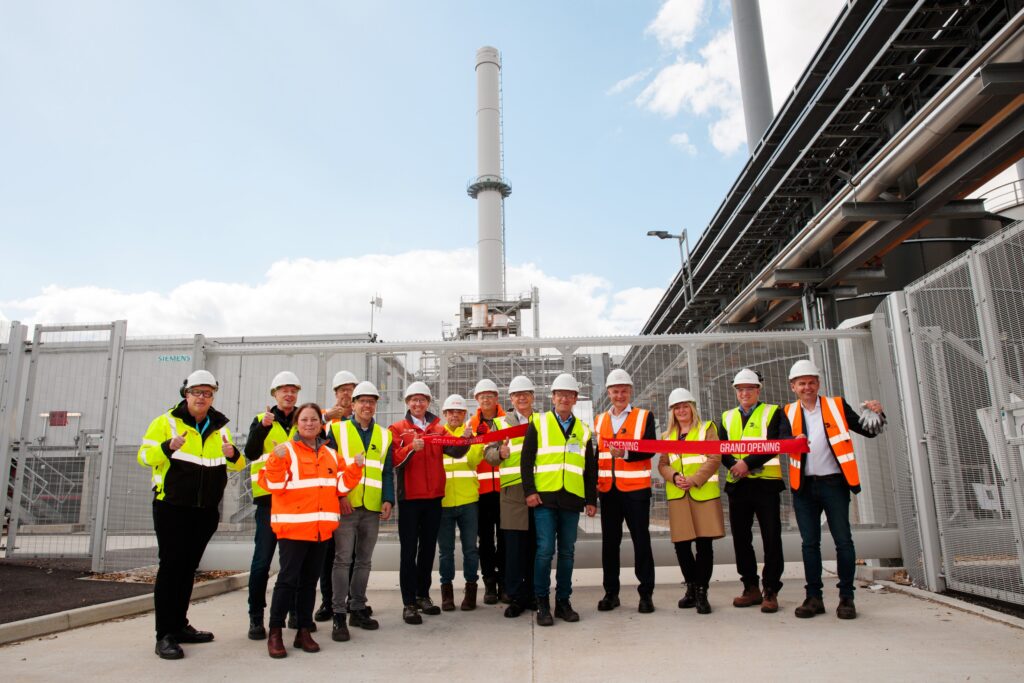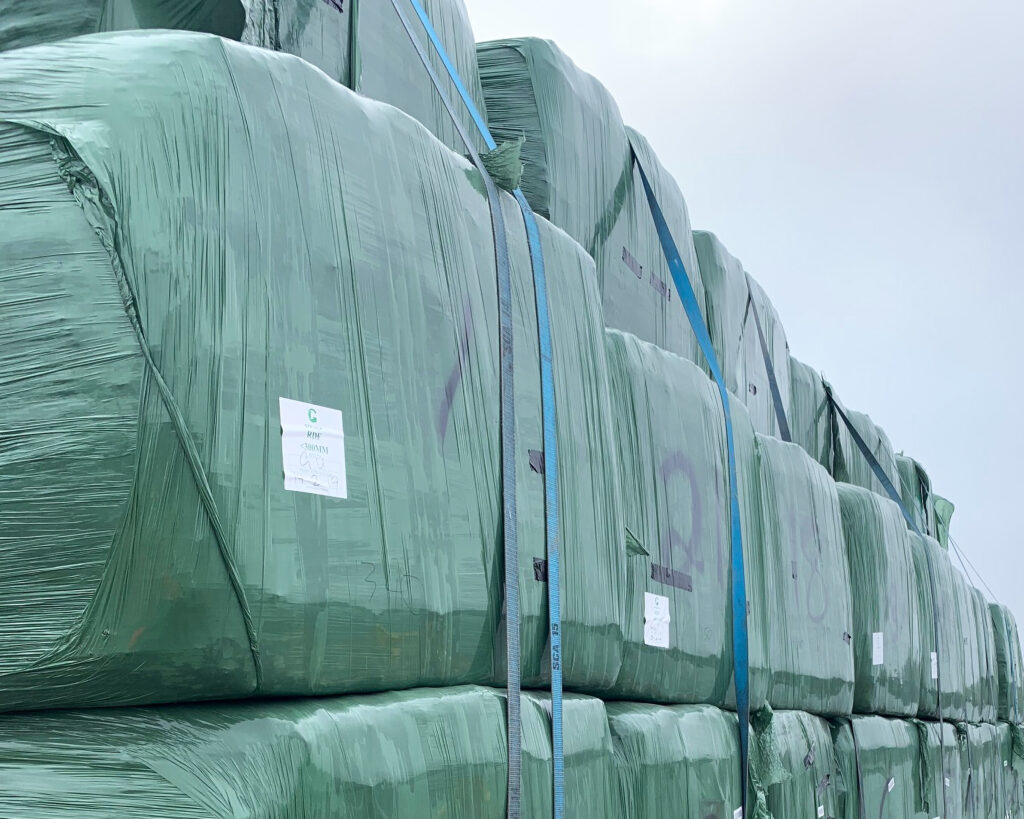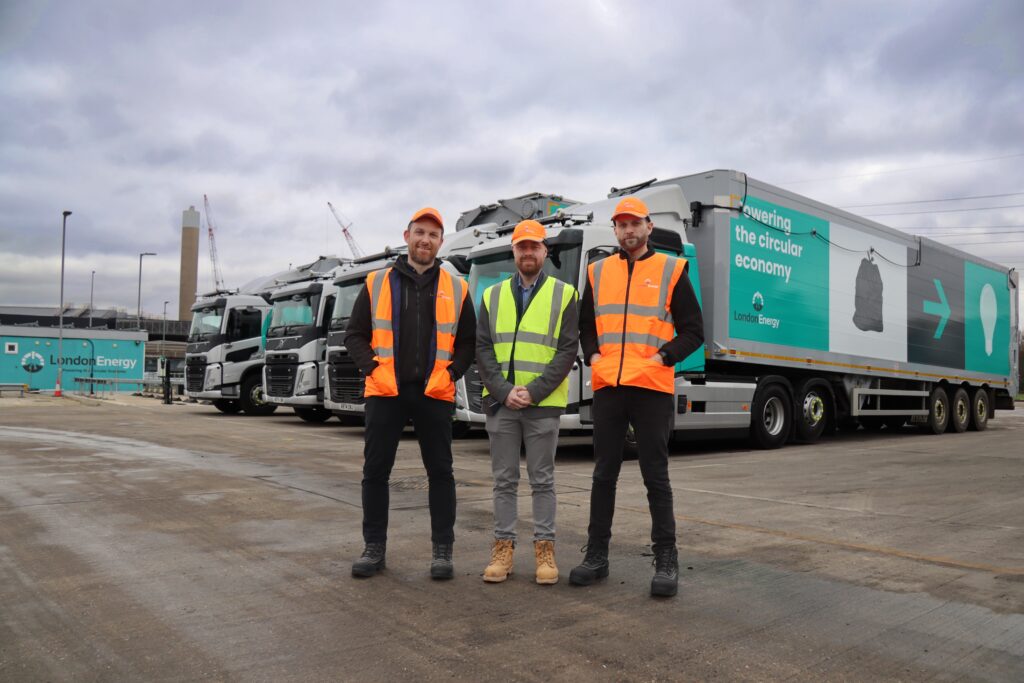Work on the plant began in 2019 after the plans were approved by the National Infrastructure Commission (see letsrecycle.com story). E.ON has financed, built and will operated the plant.
DS Smith produces cardboard material at the Kemsley site. As a result of the project, the company is expecting to reduce its carbon footprint as it will source much of its long-term energy supply from the site.
Niels Flierman, head of paper and Recycling at DS Smith commented on the new facility: “We’re excited about the sustainability and operational benefits this state-of-the-art plant brings to our flagship mill in Kemsley.
“Leading the way in reducing the impact paper making has on our environment is something we are passionate about – it’s important to us, our customers and the communities in which we operate. “This is one of a number of projects we have across Europe and North America that will help us to reduce Green House Gas emissions by 46% on an absolute basis by 2030, compared to 2019 levels, and to reach Net Zero emissions by 2050.”
The solution we have implemented will make DS Smith more independent
- Manfred Wirsing, E.ON
Emissions
The gas fired plant will generate steam and power for DS Smith’s production processes at its flagship Kemsley Mill site, which produces around 830,000 tonnes of paper every year.
DS Smith said the plant has been designed to “set the standard in efficiency, sustainability, and reliability – reducing CO2 emissions by 36,000 tonnes a year, the equivalent of 30,000 medium-sized cars driving more than 6,000 miles a year”.
To commemorate the plant’s official opening, a ribbon-cutting ceremony took place on 25 April and was attended by senior leaders from DS Smith and E.ON, including Niels Flierman, DS Smith’s head of paper and recycling, Rogier Gerritsen, managing director of Paper Europe at DS Smith and Manfred Wirsing, managing director of E.ON Energy Projects.
Mr Wirsing, explained: “We are delighted the new site for our partner DS Smith here in Kemsley has come on-line. This successful project is another example of how we are driving decarbonisation for our industrial customers and their production processes across Europe.
“The new energy solution we have implemented on site will make DS Smith more independent and flexible and, with a high degree of automation, optimally positioned for the future.”









Is this a sustainable choice against the previous use of Mill rejects at the site for power generation?